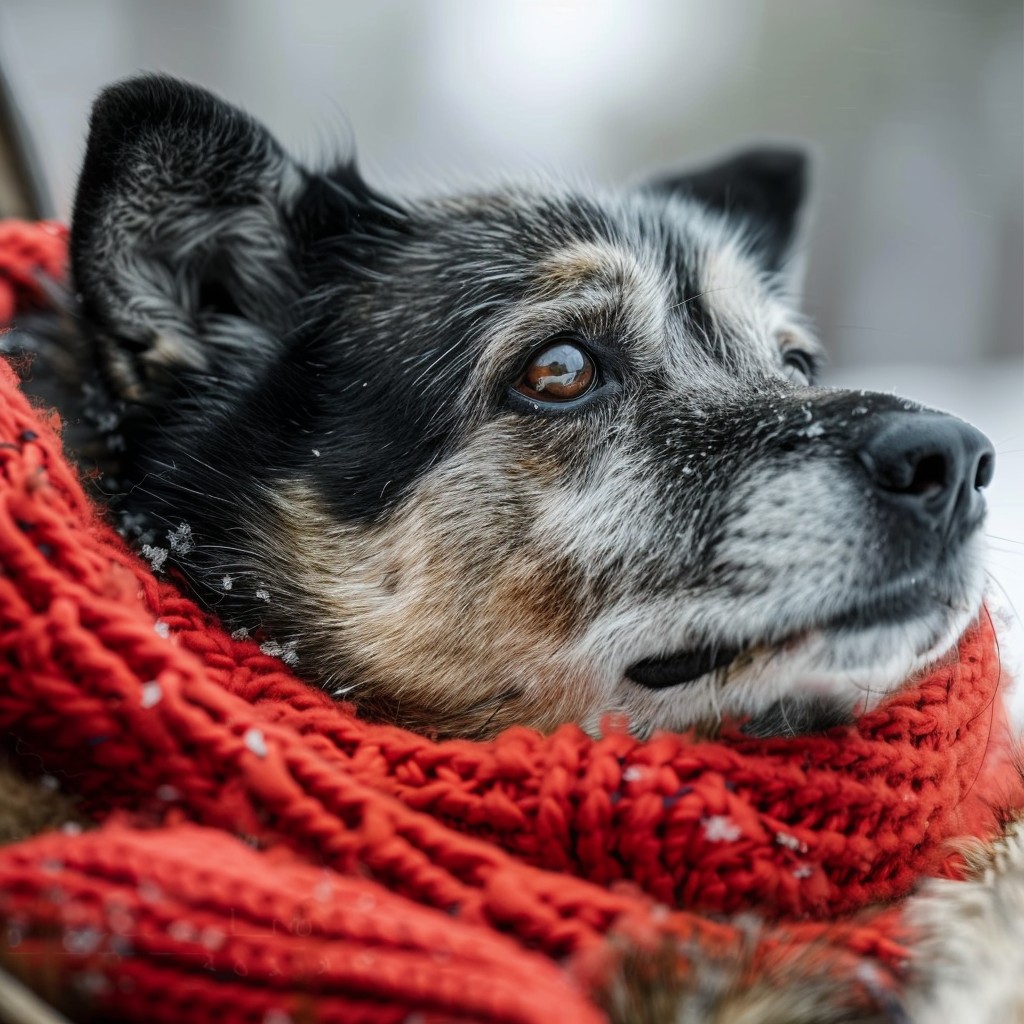Like people, many pets are prone to osteoarthritis later on in life. Sometimes symptoms of osteoarthritis can appear so gradually that they go unnoticed or get dismissed as ‘old age’. Many pets do not complain even when they are in a lot of pain, so it is important as owners to be vigilant for all signs of discomfort. There are lots of treatment options for osteoarthritis, so there is no need for your pet to struggle unnecessarily.
Signs and symptoms of osteoarthritis in pets
- Stiffness
- Lameness
- Other changes in gait
- Stumbling
- Muscle wastage
- Unwillingness to get up from laying or sitting position
- Reluctance to walk on certain surfaces (particularly slippery floors)
- Reluctance to play or run
- Difficulty climbing stairs
- Difficulty jumping onto furniture/higher surfaces
- Struggling to use litter trays
- Difficulty crouching to pass faeces (sometimes mistaken for constipation)
- Inability to groom effectively (fur becomes matted more frequently)
- Temperament changes- some pets may become ‘grumpier’ or less tolerant than usual
- Pained expression on face
- Vocalising, as if in pain (many pets will not do this, even in extreme pain)
Diagnosis and treatment
If you notice your pet displaying any of the above symptoms, you should book an appointment with us to have your pet assessed. The vet will perform a clinical examination and may be able to isolate the areas where your pet is in pain. Diagnosis is usually confirmed with x-rays.
Osteoarthritis can’t be cured, but there are a number of different treatments which can help manage the pain and improve your pet’s quality of life.
Treatment can include:
- Pain-relief medications. These are usually anti-inflammatories; however other types of pain-relief can be used- such as opioid-based pain relief. Your vet will decide on the most appropriate medication based on your pet’s clinical history. Medication may need to be reviewed depending on how the patient responds and your pet may need to have regular blood tests to ensure that their kidneys and liver are not affected by long term medication.
- Joint-supplements (e.g. glucosamine, chondroitin) these help to keep the joint fluid healthy
- A weight-loss program. Reducing excess weight can help take the strain off of painful joints
- Physiotherapy and hydrotherapy. This can help to build the muscles around the affected joints, helping to support them
- Alternative therapies such as acupuncture or laser therapy has been shown to have varying degrees of effectiveness in arthritic patients.
What can I do at home to make life more comfortable for my arthritic pet?
Keep your pet lean! Overweight pets are more likely to develop osteoarthritis and will struggle to cope more than leaner animals. We offer advice and weight-loss clinics to help your pet lose weight. Many owners are not aware that their pet is overweight- we are happy to assess them for you to establish what their healthy weight should be and give advice on how to achieve it.
Keep exercising your dog. Exercise helps to build or maintain muscle to help support joints. You may need to change your usual regime – shorter, more frequent walks are more beneficial than a long walk once or twice a day. High impact exercise such as ball chasing should be avoided if possible.
Make adjustments around the house: place rugs on slippery floors, ramps on steps/into cars, raise food and water bowls and invest in an orthopaedic bed to keep your pet comfortable. We are happy to chat with you during one of our home visits to help you make changes around your house to suit your individual pet and circumstances.
Be aware of seasonal changes. Cold weather can have negative effects on an arthritic pet. Beds can be moved to warm areas and coats can be used on dog walks to minimise the effect of cold weather on joints. It may be that medication needs be reviewed over winter months- it is worth booking in a winter health check so you can chat with us about your pets’ medication.


